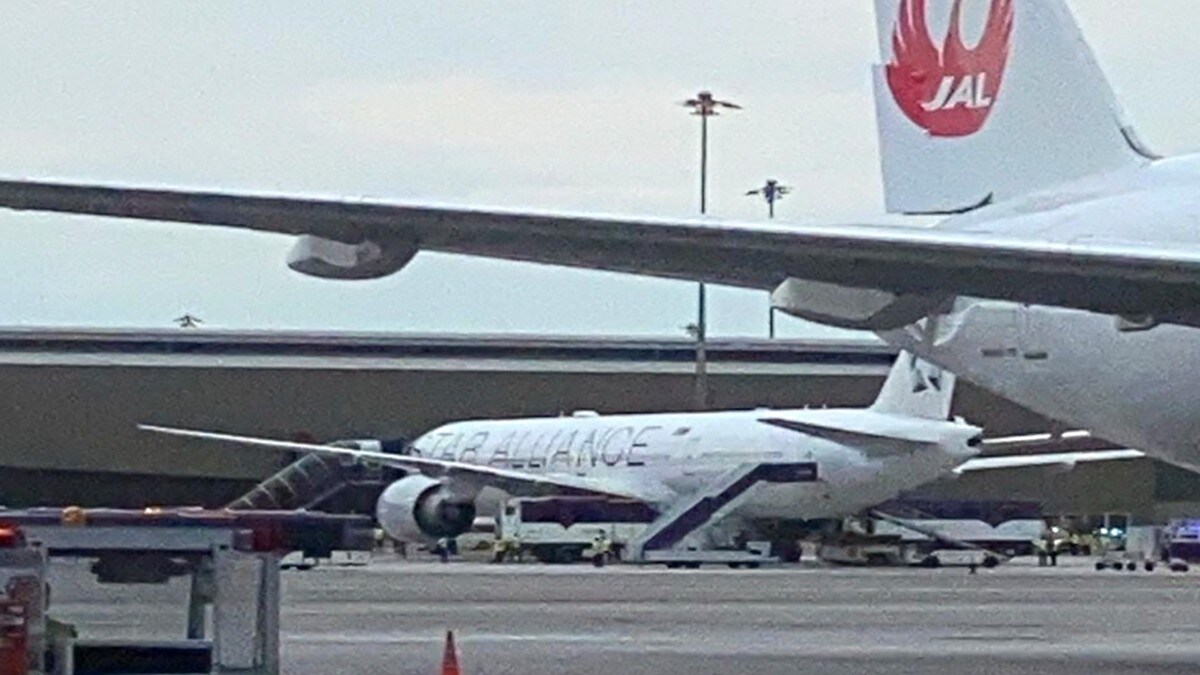A Singapore Airlines flight hit severe turbulence over the Indian Ocean and descended 6,000 feet (around 1,800 metres) in about five minutes, the carrier said on Tuesday, 21 May. A British man died and dozens of passengers were injured, some severely, the authorities said. The latest incident has highlighted the potential dangers of flying through unstable air.
So, what exactly is turbulence? How common is it? Can pilots prevent it? Let’s take a closer look. What happened? The Boeing 777 flight from London’s Heathrow airport to Singapore was diverted and landed in stormy weather in Bangkok. There were 211 passengers and 18 crew members aboard.

According to tracking data captured by FlightRadar24, Singapore Airlines Flight SQ321 cruised at an altitude of 37,000 feet (11,300 metres). At one point, the Boeing 777-300ER suddenly and sharply descended to 31,000 feet (9,400 metres) over three minutes and stayed there for less than 10 minutes before diverting and landing in Bangkok less than a half-hour later, according to the data. The sharp descent occurred as the flight was over the Andaman Sea, near Myanmar.
The aircraft sent a “squawk code” of 7700 at that time, an international emergency signal. Kittipong Kittikachorn, general manager of Suvarnabhumi Airport, said at a news conference that the sudden descent occurred as passengers were being served food. He said seven passengers were severely injured and 23 passengers and nine crew members had moderate injuries, and 16.
















